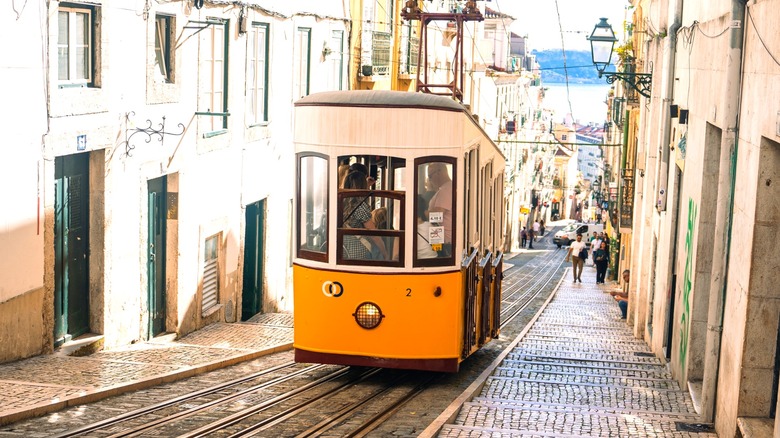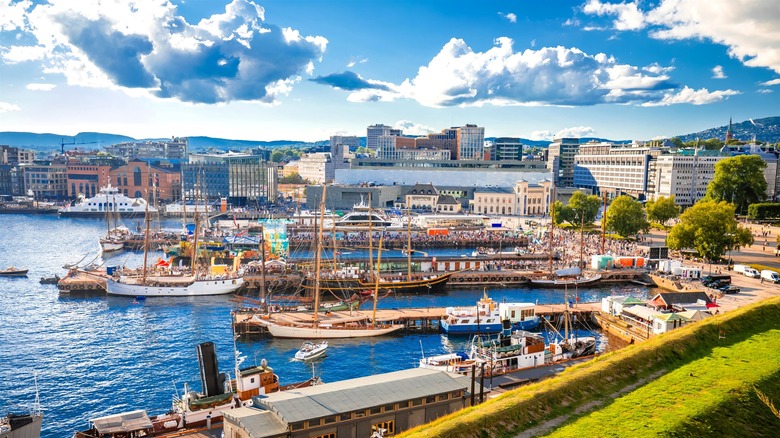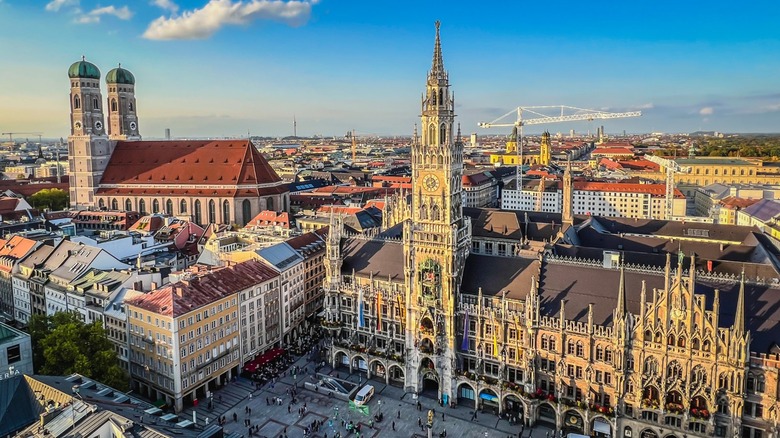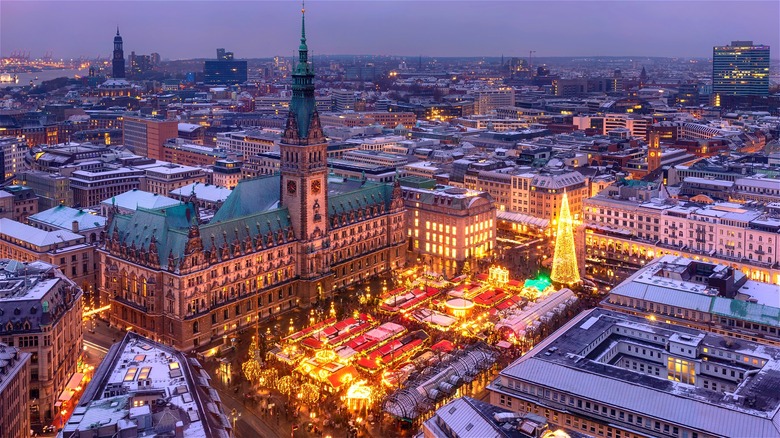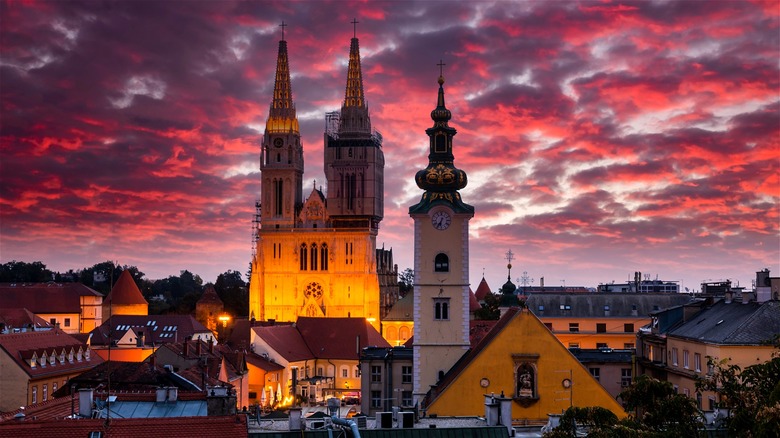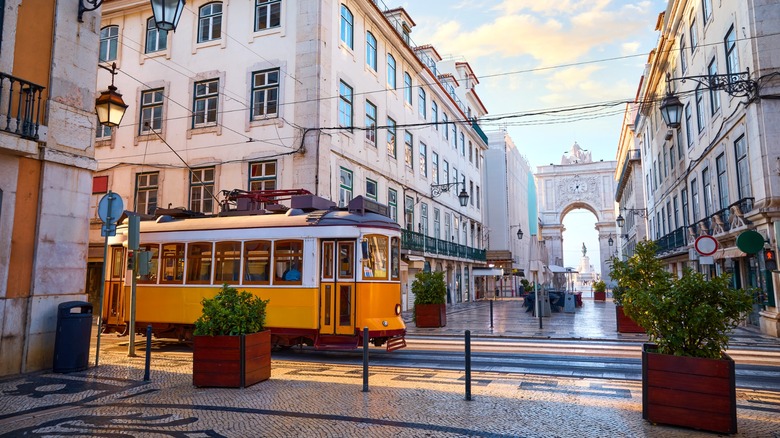The 5 Least Walkable Cities In All Of Europe
Most urban planning in the United States prioritizes cars rather than pedestrians, with cities like Los Angeles, Dallas-Fort Worth, and San Antonio among the worst. Consequently, 76% of Americans drive to work, causing Miami, New York City, Boston, and Chicago to rank among the world's most congested cities.
It's not all bad for the American pedestrian. Philadelphia, for example, is the most walkable city in the nation. However, saying that, Europe is friendlier to walkers than the United States will likely ever be.
Tutoring platform Preply took the continent's most popular tourist cities and analyzed the walking distance between the top five attractions. They found that Seville in Spain – Europe's best country for a road trip — was the most walkable city on the continent, with only a mile separating its leading tourist attractions. Venice, Porto, Florence, and Athens rounded out the top five, with distance between attractions ranging from 1.3 to 2.1 miles.
However, not every European city is easy on your feet. Some are beset with steep hills, sweeping sprawl, and spread out attractions. According to Preply, here are the five least walkable cities in all of Europe.
5. Oslo, Norway
The Norwegian capital is known for the Munch gallery, a collection of Edvard Munch's artwork; Akershus castle, built in the 13th century; the Vigeland Museum, former home of sculptor Gustav Vigelandl; and the modern Oslo Opera House, which opened in 2008.
Oslo is also renowned for its green credentials, evidenced by ample parks, electric vehicles, and pedestrianized areas. Impressively, Oslo has managed this environmental commitment while ranking among the fastest-growing capitals in Europe.
However, visitors may need to sit down and breathe the city's fresh Nordic air from time to time, for Preply estimates that 9.4 miles separate Oslo's top five attractions, which translates to 165 minutes, 17,010 steps, and 851 burned calories. Perhaps that's why Norway ranks amongst Europe's slimmest nations?
4. Munich, Germany
German cities have a reputation for historic centers built long before the automobile proliferated in the early to mid-20th century. The likes of Nuremberg, Bamberg, Rothenburg, and Regensburg are cobbled, compact areas built for pedestrians and the occasional wagon — not bulky SUVs.
Not all German cities fit this description, though; not according to Preply, anyway. Known for beer halls, Baroque music, and legal public nudity, Munich is spread out over some 119 square miles. That's not much compared to Berlin's 344 square miles, but visitors should consider taking their most comfortable footwear, because Munich's top five attractions — the Hofbräuhaus, Deutsches Museum, and Englischer Garten among them — will require 10.1 miles of walking.
Again, this is good for one's health, especially if you indulge in the city's famous beer and schweinshaxe, or pork knuckle. 10.1 miles involves roughly 19,740 steps and 987 calories burned.
3. Hamburg, Germany
Germany's second-largest city has less of the historic atmosphere found in the likes of Nuremberg and Dresden owing to devastating bombing raids during the Second World War and post-war architects who favored tower blocks, wide boulevards, and other features of modernist, car-friendly town planning.
Today, Hamburg — the so-called "Venice of the north" – attracts millions of visitors with attractions such as Miniature Wonderland, Elbphilharmonie, Hamburger Kunsthalle, the Reeperbahn, and the much photographed Speicherstadt neighborhood.
Tourists ought to get acquainted with the city's extensive metro network, because the spread of these attractions will ache the feet of even the most cushioned pedestrians. Preply estimates that Hamburg, like Munich, requires around 10.1 miles of walking between the city's top five attractions.
2. Zagreb, Croatia
Tourism has become a very important sector of the Croatian economy. There are 2.8 tourists per resident in this small European country, one of the highest rates in the world. This multiplies enormously in Dubrovnik, the coastal city famous as the filming location of "Game of Thrones," where there are 27.42 tourists for every resident.
To escape these crowds and get a taste of regular Croatian life, some visitors may visit Zagreb, the nation's capital. There, they will find parks, markets, and museums dedicated to everything from archaeology and natural history to arts, crafts, and even broken relationships.
Get ready for a walk, though, because you'll cover 11.8 miles in his balmy European city, equating to 24,780 steps and 1,239 burned calories.
1. Lisbon, Portugal
Lisbon is Europe's San Francisco. They are both bay cities with metro areas numbering three million people, a big red suspension bridge, and numerous hills paved with very steep roads. These inclines get you in every sinew of the leg, especially when the attractions and landmarks are so far apart.
Millions visit the Portuguese capital for its historic plaza, large aquarium, and beloved cuisine spread across its bohemian barrios. The trams and metro stations serve Lisbon well, and it's vital that they do, because visitors will burn 1,575 calories to complete the 15-mile journey through this bustling city's top five attractions. That is roughly 31,500 steps, which is over three times the daily recommendation.
